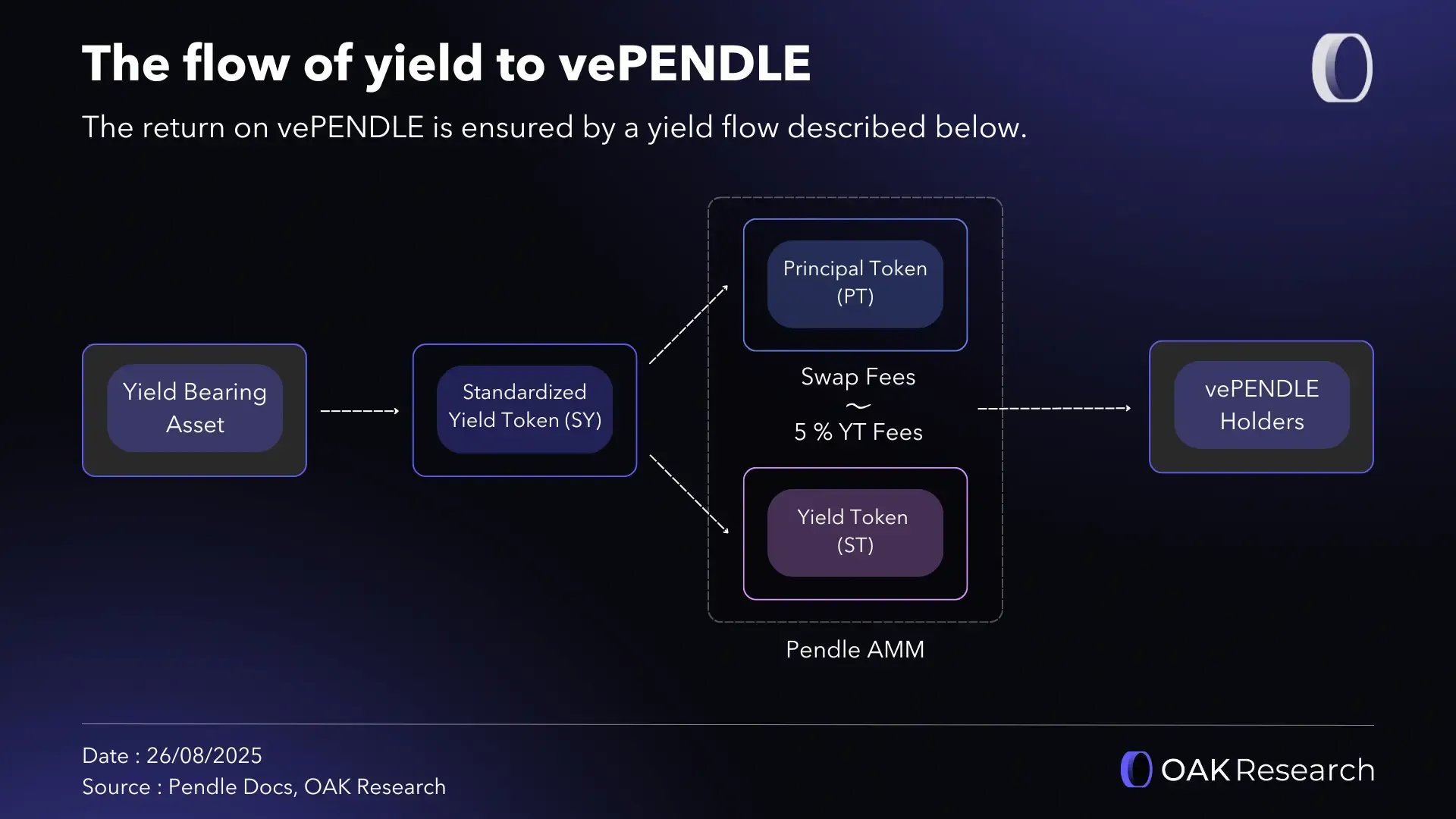
Funding rate derivatives are rapidly transforming the landscape of perpetual DEX trading, unlocking a new class of yield and risk management instruments that were previously only accessible in centralized finance. As perpetual futures markets continue to surge in popularity, innovative protocols like Boros are tokenizing funding rates, making them tradable as on-chain yield primitives. This evolution is not just theoretical – it is already reshaping strategies for both speculative and risk-averse traders.

Understanding Funding Rates: The Core Mechanism Behind Perpetual Futures
At the heart of every perpetual swap lies the funding rate: a periodic payment exchanged between long and short position holders to keep contract prices anchored to spot markets. When the perp trades above spot, longs pay shorts; when it trades below, shorts pay longs. This mechanism ensures price convergence but also introduces a dynamic source of yield (or cost) for market participants.
The funding rate formula often includes a base component and a clamp to prevent extreme outliers, as seen in the popular equation F = P and clamp(I, P, -0.05%, 0.05%), where I is the index rate and P is the premium. The intricacies of this formula have profound implications for traders seeking to optimize returns or hedge exposures.
Boros and the Rise of On-Chain Funding Rate Derivatives
The launch of Boros marks a pivotal moment for DeFi yield innovation. By tokenizing funding rates from major exchanges like Binance (initially for ETH and BTC perps), Boros enables users to trade these rates directly as on-chain derivatives known as Yield Units (YUs). This separation of funding fee volatility from underlying asset price opens up several new possibilities:
- Hedging Funding Exposure: Traders holding large perp positions can now hedge against adverse funding swings by taking offsetting positions in YUs.
- Yield Speculation: Those with a view on future funding trends can go long or short YUs, speculating directly on the direction or volatility of funding fees without touching the underlying asset.
- Fixed vs Floating Swaps: Similar to interest rate swaps in traditional finance, Boros supports fixed-vs-floating funding rate agreements – providing stability for those who need predictable costs or returns.
This innovation is particularly valuable during periods of high volatility when funding rates can spike dramatically, impacting both risk management and profit potential for active traders.
New Arbitrage Opportunities: Exploiting Funding Rate Discrepancies Across Platforms
The emergence of on-chain funding rate trading has catalyzed new forms of arbitrage. Traders can now exploit discrepancies between platforms by holding offsetting positions – going long perps where the funding rate is low or negative, while shorting perps where it is high. The spread between these rates becomes a stable source of yield when managed carefully.
This strategy has become increasingly viable as capital efficiency improves across perpetual DEXs. For instance, protocols like MYX Finance have introduced mechanisms such as Matching Pool Mechanisms (MPM) that enable up to 125x leverage with zero slippage – allowing sophisticated traders to deploy capital more aggressively while controlling downside risk through hedged positions.
The Data Behind Market Growth: Perpetual DEXs Hit New Highs
The numbers tell a compelling story: In December 2024, open interest across the top 10 decentralized perpetual protocols reached an all-time high of $6.7 billion – a staggering 333.6% increase since January that year. This rapid growth reflects not only increased demand for leveraged trading but also rising adoption of advanced derivative products like those offered by Boros.
This surge in open interest signals deeper liquidity pools and more robust markets – essential ingredients for efficient pricing and sustainable arbitrage opportunities in on-chain funding rate trading.
As liquidity deepens and more protocols adopt funding rate derivatives, market participants are seeing a proliferation of strategies previously reserved for institutional desks. The ability to isolate and trade funding rate volatility, without direct exposure to crypto price swings, has broad implications for both risk management and alpha generation.
For long-term holders of perpetual contracts, the ability to hedge funding rate risk is a game changer. During high-volatility periods, when funding fees can rapidly erode profits or amplify losses, hedging with Yield Units (YUs) or engaging in fixed-vs-floating swaps provides a layer of protection that was simply not available on earlier DEXs. This is especially relevant for funds and professional traders managing large, leveraged positions who need to stabilize their cost basis across market cycles.
“Boros and similar platforms are empowering DeFi traders to manage risk with the same sophistication as their TradFi counterparts, “ notes one industry analyst. The emergence of these tools is narrowing the gap between centralized and decentralized derivatives infrastructure.
Yield Generation: Beyond Passive Income
Funding rate arbitrage isn’t just about earning passive yield, it’s about optimizing capital allocation in real time. Traders now routinely scan for funding imbalances across DEXs, deploying capital where spreads are widest and leveraging up when mechanisms like MPM ensure minimal slippage.
Key Strategies for Funding Rate Arbitrage on Perpetual DEXs
-

Cross-Exchange Funding Rate Arbitrage: Simultaneously hold a long position on one DEX and a short position on another to capture funding rate discrepancies. For example, if Binance offers a higher positive funding rate than Pendle (Boros), shorting on Binance while longing on Pendle lets you earn the spread between rates.
-

Trading Yield Units (YU) on Boros: Use Boros on Pendle to trade Yield Units, which isolate funding rate exposure from asset price. By longing or shorting YUs, traders can speculate on or hedge against funding rate volatility without direct exposure to ETH or BTC price movements.
-

Fixed-vs-Floating Funding Rate Swaps: Enter into fixed-vs-floating swaps on Boros to lock in a predictable funding rate yield or hedge against future rate changes. This strategy is ideal for managing risk in volatile markets by converting variable funding payments into fixed returns.
-

Leveraged Arbitrage with Capital-Efficient DEXs: Platforms like MYX Finance offer up to 125x leverage and zero slippage through their Matching Pool Mechanism (MPM). This enables traders to magnify arbitrage returns while optimizing capital deployment.
-

Hedging Long-Term Funding Rate Exposure: Use Boros to hedge funding rate exposure for long-term perpetual positions. By taking the opposite side in Yield Unit markets, traders can offset funding payments and stabilize returns during periods of high volatility.
This dynamic environment rewards those who can rapidly identify inefficiencies and execute across multiple venues. As composability increases, expect automated strategies (bots or smart contracts) to further compress spreads, driving markets toward greater efficiency but also requiring even sharper execution from human traders.
What’s Next? Risks, Rewards and The Road Ahead
While the opportunities are significant, funding rate derivatives introduce new layers of complexity. Traders must monitor not only asset prices but also the evolving structure of funding rates, which can be influenced by liquidity shifts, sudden volatility spikes, or protocol upgrades. Risk management remains paramount: over-leveraging in pursuit of yield can quickly backfire if market conditions change abruptly.
Regulatory uncertainty also lingers over these innovations. As DeFi protocols increasingly resemble traditional financial instruments, scrutiny from global regulators is likely to intensify, potentially impacting market structure or access in certain jurisdictions.
Despite these risks, the trajectory is clear: on-chain funding rate trading is here to stay. As more assets become available and platforms like Boros expand their offerings beyond BTC and ETH perps, we’ll see an even broader array of yield primitives and hedging tools emerge.
If you’re looking to deepen your understanding of how funding rates work, and how they impact your trading strategies, consider exploring our detailed guide at Understanding Funding Rates on Hyperliquid-Style Perps.
The bottom line: Funding rate derivatives have unlocked a new dimension in perpetual DEX trading. Whether your goal is yield generation, risk mitigation or pure speculation on volatility itself, these instruments offer sophisticated ways to navigate, and capitalize on, the ever-evolving world of decentralized finance.






